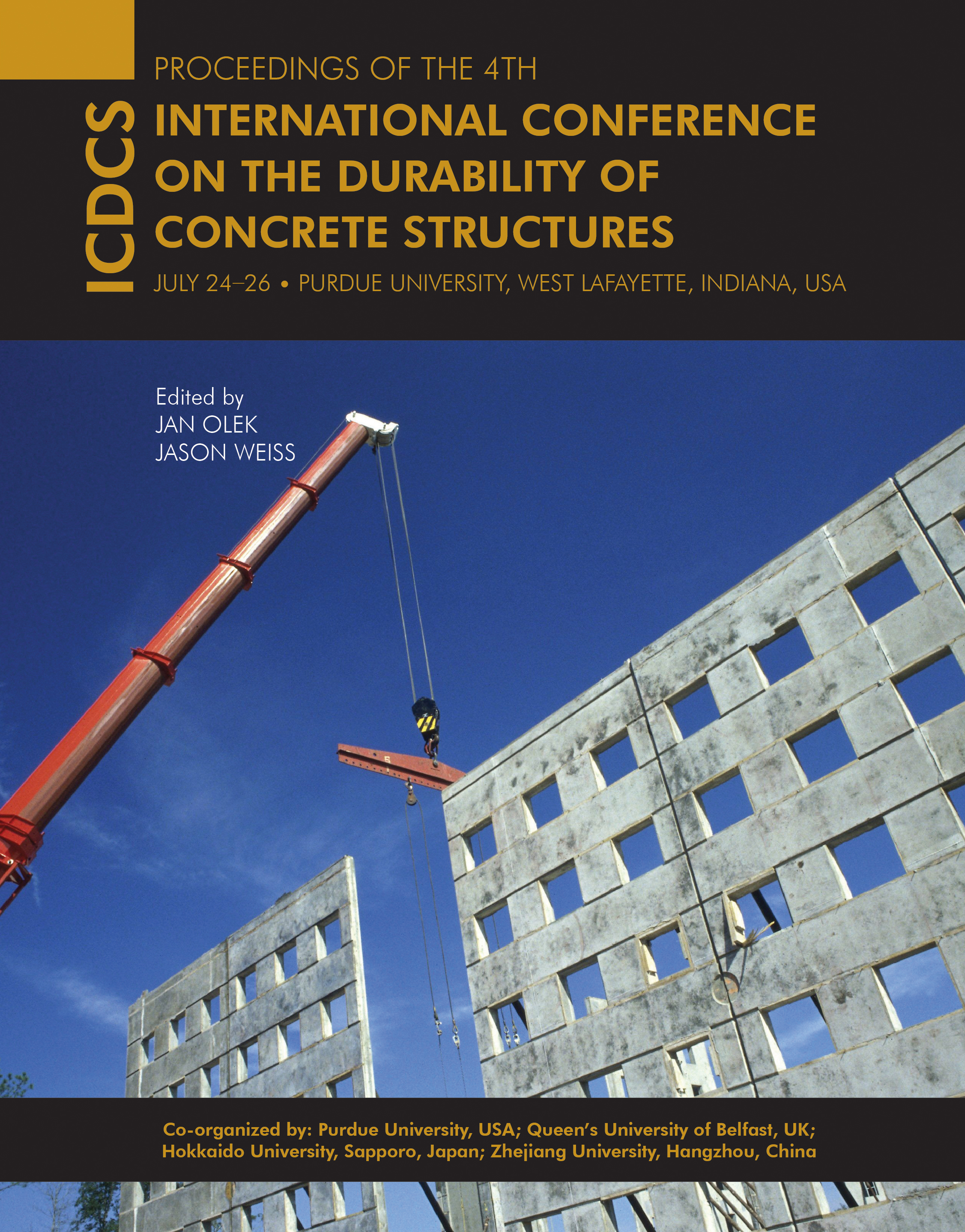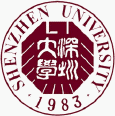Abstract
Investigation on the mechanical properties of cement-based materials at micron and submicron scales is important for understanding the overall performance, particularly of high-performance concrete (HPC). Due to low water-tocement ratio of HPC, a large amount of unhydrated cement grains remain in matrix, and a significant impact of the interface between C–S–H gel and cement grains on concrete behavior could be expected. Recent progress in experimental nanomechanics opens new access to nanoengineering of cement-based composites. In this paper, nanoindentation and viscoelastic modulus mapping were used to study the interfacial properties. The interface width measured by modulus mapping was around 200 nm as compared to a rough estimation of less than 5 μm by nanoindentation, due to the fact that two orders of magnitude increase in spatial resolution could be achieved with modulus mapping.
Keywords
cement-based materials, nanomechanical properties, interface
Date of Version
July 2014
DOI
10.5703/1288284315414
Recommended Citation
Xu, Jing; Corr, David J.; and Shah, Surendra P., "Application of Nanomechanical Methods in Investigation of C–S–H Gel/Cement Grain Interface" (2014). International Conference on Durability of Concrete Structures. 1.
https://docs.lib.purdue.edu/icdcs/2014/materialscharacterization/1
Included in
Application of Nanomechanical Methods in Investigation of C–S–H Gel/Cement Grain Interface
Investigation on the mechanical properties of cement-based materials at micron and submicron scales is important for understanding the overall performance, particularly of high-performance concrete (HPC). Due to low water-tocement ratio of HPC, a large amount of unhydrated cement grains remain in matrix, and a significant impact of the interface between C–S–H gel and cement grains on concrete behavior could be expected. Recent progress in experimental nanomechanics opens new access to nanoengineering of cement-based composites. In this paper, nanoindentation and viscoelastic modulus mapping were used to study the interfacial properties. The interface width measured by modulus mapping was around 200 nm as compared to a rough estimation of less than 5 μm by nanoindentation, due to the fact that two orders of magnitude increase in spatial resolution could be achieved with modulus mapping.





